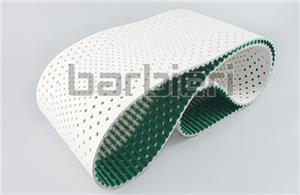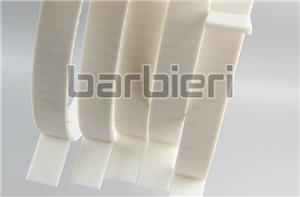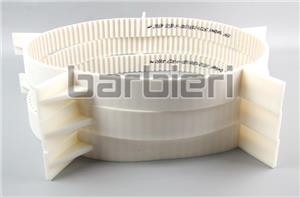Measures to prevent excessive wear of timing belt
Preventing excessive wear of the timing belt teeth is the key to improving the performance and life of the transmission system. If you do not pay attention to optimal use, there will be some bad performance during use, which will also lead to many adverse consequences, such as excessive wear of the teeth, shortening Device life, etc., by taking measures, the risk of belt tooth wear can be effectively reduced and the stable operation of the transmission system ensured.
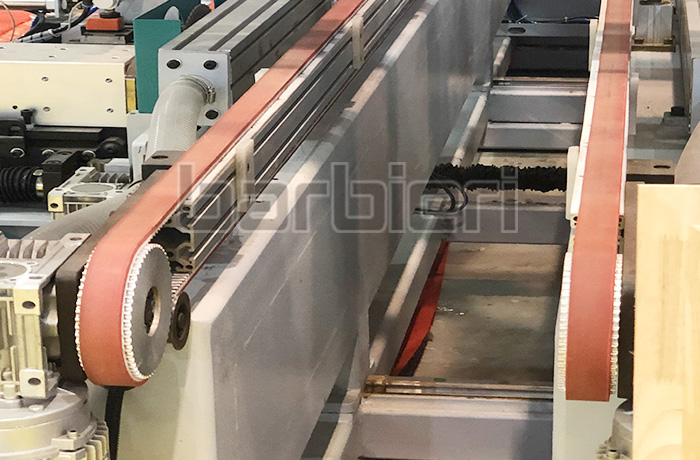
Here are sometiming belt wear prevention guidelines, practical suggestions for reducing excessive wear on the belt teeth:
1. Ensure that the quality of the timing belt meets the requirements: If a low-quality timing belt is used, its wear resistance, tensile strength and other properties will be affected, making it easier to wear. Therefore, choose a timing belt manufacturer with reliable quality and use a timing belt that meets the requirements.
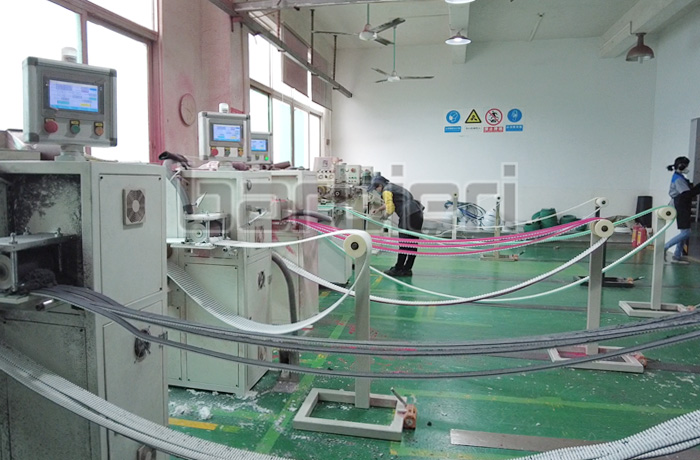
2. Keep the timing belt clean: During use, you should pay attention to keeping the timing belt clean. Clean the timing belt regularly to avoid dust, dirt and other impurities from entering the interior of the timing belt to reduce the possibility of wear.
3. Adjust the tension: Adjust the tension of the timing belt to keep it within the appropriate range to prevent excessive wear.
4. Correct installation and use: When installing the timing belt, attention should be paid to placing the timing belt in the correct position to avoid distortion, which may cause excessive wear during operation.
5. Timing pulley eccentricity: Timing pulley eccentricity will cause the timing belt to experience a large lateral force when running on the pulley, thereby accelerating the wear of the teeth.
6. Reduce impact and vibration: Try to avoid impact and vibration on the timing belt during use. These factors may cause impact and vibration on the tooth surface of the timing belt and the groove bottom of the pulley, thus accelerating wear.
7. Regular lubrication: Regularly lubricate the timing belt to reduce friction and wear.
By taking these preventive measures, you can reduce the risk of excessive tooth wear on the timing belt, extend the service life of the timing belt, and improve production efficiency.
- Polyurethane Timing Belt
- Annular Timing Belt
- Open-end Timing Belts
- AT-series Timing Belts
- T-series Timing Belts
- STD-series Timing Belts
- HTD-series Timing Belts
- RPP-series Timing Belts
- TT5-series Timing Belts
- Imperial Series Timing Belt
- Supported Polyurethane Flat Belt Series
- Double Sided Timing Belt
- ATN-series Timing Belts
- Timing Belt With Backing
- Timing Belt With Fabric
- Timing Belt Punching
- Polyurethane Self-tracking Timing Belt
- Polyurethane Belt With Profile
- Special Processing Timing Belt

